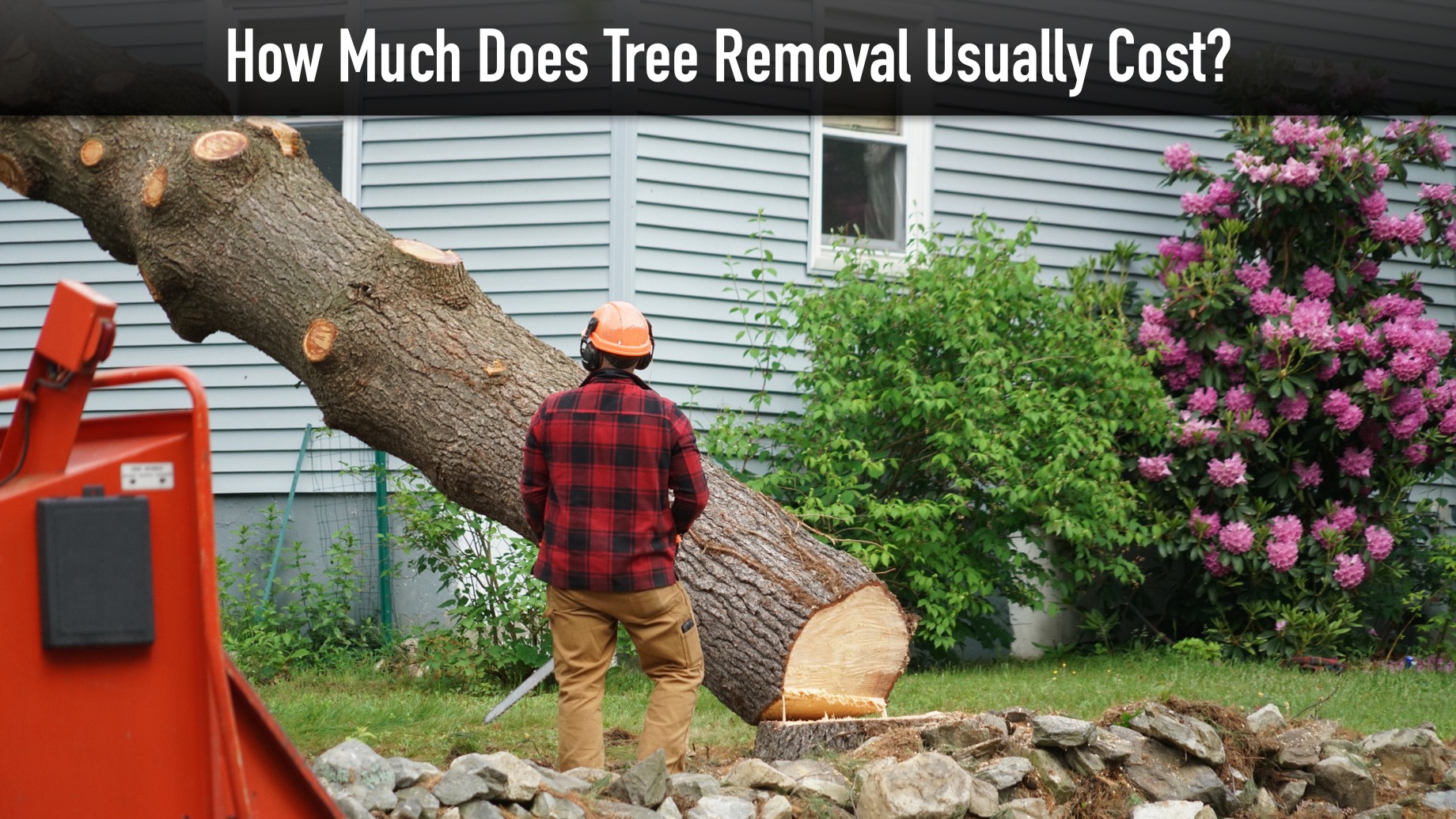
While trees are a great feature for your home’s exterior, there are times when they can be more of a nuisance, and you’ll be considering tree removal.
The tree may be dying, damaged in a storm, or growing too close to your house. These can create their own hazards, and it would be a good idea to get the tree removed sooner rather than later.
In this article, you’ll find out why you shouldn’t remove trees yourself, the cost to remove trees, and how to save some money on the process.
Should You Try Removing Trees Yourself?
It’s tempting to think that removing a tree is a simple job, and you can save yourself a lot of expense by doing it yourself. But it will almost always be better to use a professional tree cutting service.
They have the right tools and experience for the job, and they’re more likely to know how to correctly and legally dispose of a tree once it has been removed.
Doing a DIY job runs the risk of causing damage to your own or your neighbor’s property, which your insurance might not cover. Also, if you’re not careful, there is a very real risk of physical injury.
While it might seem like a cost-saver, removing a tree yourself could turn out to be a very expensive mistake.
Things That Impact the Cost of Tree Removal
Every tree is different, so you might not be able to get an accurate estimate until someone has come and inspected the tree that needs removing.
The diameter and height of the tree will be 2 of the biggest factors in figuring out the cost of removing a tree.
Most companies will be able to give you a rough guide price based on the tree’s size. Depending on where you live, this might be somewhere between US$200-500 for a small tree and over US$2,000 for a very large or complicated tree.
Small trees tend to be classed as trees under 30 feet in height, and very large trees will usually be over 100 feet tall.
The type of tree and its impact will also play a part. A healthy tree with a strong trunk will take more work to remove than a dying tree with a decaying trunk.
Stump removal and the complexity of roots will also play a part in figuring out the price of having your tree removed. Lastly, local licensing and taxation will play a role in determining the cost.
Save Money
While removing a tree yourself to save money is not recommended, there are other things you can do to help reduce the amount you will pay a professional.
Trees are usually easier to remove in winter. The soil is damper, leaves have fallen, and it is easier to make out the branch structure of the trees. There are also less likely to be bird nests or insect hives that need to be removed.
You can also reduce the cost by getting your tree prepared beforehand. This might mean removing rocks, stones, fencing panels, or anything else that might delay the tree removal company from accessing the tree.
Depending on the tree, some companies will also offer to remove the tree at a discount or for free if they can process and sell the wood from it. It would be worthwhile seeing if any companies offer that in your area and find out if your tree is suitable for it.
Stay Safe Physically, Financially, and Legally
For your own safety, tree removal should not be treated as a DIY job. Find a reliable local company, give yourself peace of mind, and let them do what they are experienced at doing.
When you do get estimates, make sure the company you use meets all local legal requirements and comes with a strong reputation. Also, get multiple estimates to get a better idea of exactly how much you can expect to pay, as it will be very specific to you and your tree.For more on styling your home, keep reading our blog.